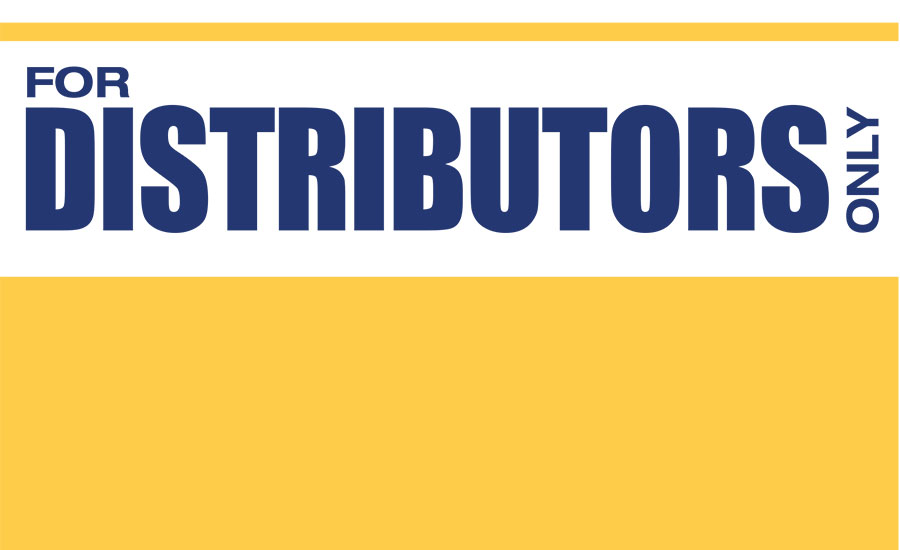International Glove Association meeting: Experts dissect OSHA & the economy in 2014

Two interesting presentations focused on forecasts: one for OSHA in 2014; and one on the economic outlook.
Mark S. Dreux, an attorney for Arent Fox LLP in Washington, DC, offered these OSHA updates:
? Conducting Inspections and Union Representatives In Non-Union Shops
United Steelworkers asked OSHA two questions:
1-May a worker at a worksite without a collective bargaining agreement designate a person who is affiliated with a union to act as their personal representative, and
2-May workers at a worksite without a collective bargaining agreement designate a person affiliated with a union to act on their behalf as a walkaround representative?
OSHA answered yes to both questions.
OSHA claims that its interpretation is consistent with past practices.
? Incentive Programs and Employee Discipline Section 11(c) of OSH Act
“No person shall discharge or ... discriminate against any employee because such employee has filed any complaint....”
C.F.R. 1904.36 “Section 11(c) of the Act prohibits you from discriminating against an employee for reporting a work related fatality, injury or illness.”
March 12, 2012 Memo by Richard Fairfax, Deputy Assistant Secretary:
Policy: reporting a work-related injury/illness is a core employee right. Potential for discrimination when management bonuses are linked to lower injury rates.
A policy of disciplining all injured employees regardless of fault violates Section 11(c).
Discipline for non-reporting an injury or illness in the manner and time required by employer may violate Section 11(c). Employer’s rule must be reasonable and proportional.
Discipline for violating a safety rule may violate Section 11(c).
Incentives programs may discourage reporting of injury/illness so they might violate. No prizes for low injury rates. Incentives programs that encourage safe behaviors — audits, training — are
permissible.
? I2P2 Rulemaking
Urges employers to identify and fix hazards before an incident occurs.
OSHA urges a performance standard with the following essential elements:
-Manager Leadership
-Worker Participation
-Hazard Identification
-Hazard Prevention and Control
-Education and Training; and
-Program Evaluation and Improvement
No draft rule has been made publicly available.
Concerns: How would I2P2 be enforced? Would inspections be programmatic or comprehensive? Potential exists for duplicative citations.
? OSHA’s Proposed Changes to the Recordkeeping Rule
-Require establishments that are required to keep injury and illness records under the Recordkeeping Rule, and had 250 or more employees in the previous calendar year to electronically submit information from those records quarterly.
-Require employers in designated industries that are subject to the Recordkeeping Rule and had 20 or more employees in the previous calendar year to electronically submit the information from the OSHA annual summary form (Form 300A) on an annual basis.
-Require all employers who receive notification from OSHA to electronically submit specified information from their injury and illness records.
Economic crystal ball
Mark Vitner, managing director & senior economist, Wells Fargo Securities, presented on “U.S. Economic Outlook: What’s Ahead for 2014?”
He highlighted these macro-economic trends:
? Less uncertainty: Deals on the federal budget and debt ceiling, along with the uneventful start of Fed tapering have removed some of the uncertainty hanging over the economy.
? Slower growth in the near-term: Despite stronger GDP growth during the second half of 2013, we expect economic growth to slow during the first half of 2014 and remain below its long-run trend. Expectations have been reset lower. Manufacturing activity is cooling off as business strives to reduce inventories. Job growth holds the key to improvements in consumer confidence. Despite some recent setbacks, he continues to look for a gradual recovery in homebuilding. Apartments are playing a larger role than in previous building cycles. Small businesses remain cautious but recent surveys show some improvement. View on capital spending and hiring continue to gradually trend higher.
? Global economy: Despite rumblings in some developing economies, the global economic outlook remains positive, with global growth expected to improve in 2014.
? Growth is uneven: Energy and technology have been two notable bright spots in this otherwise disappointing economic recovery.
Looking for a reprint of this article?
From high-res PDFs to custom plaques, order your copy today!







